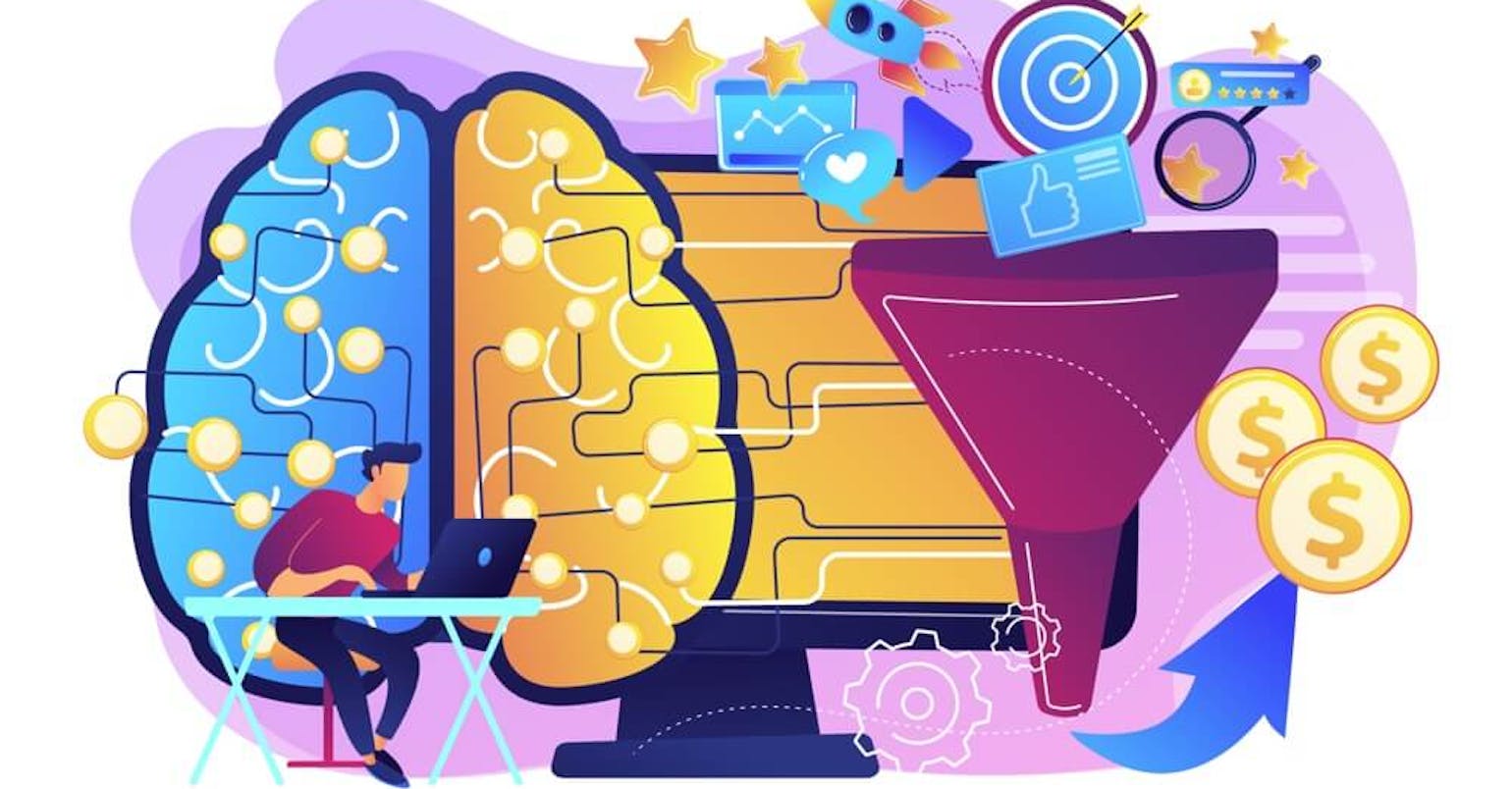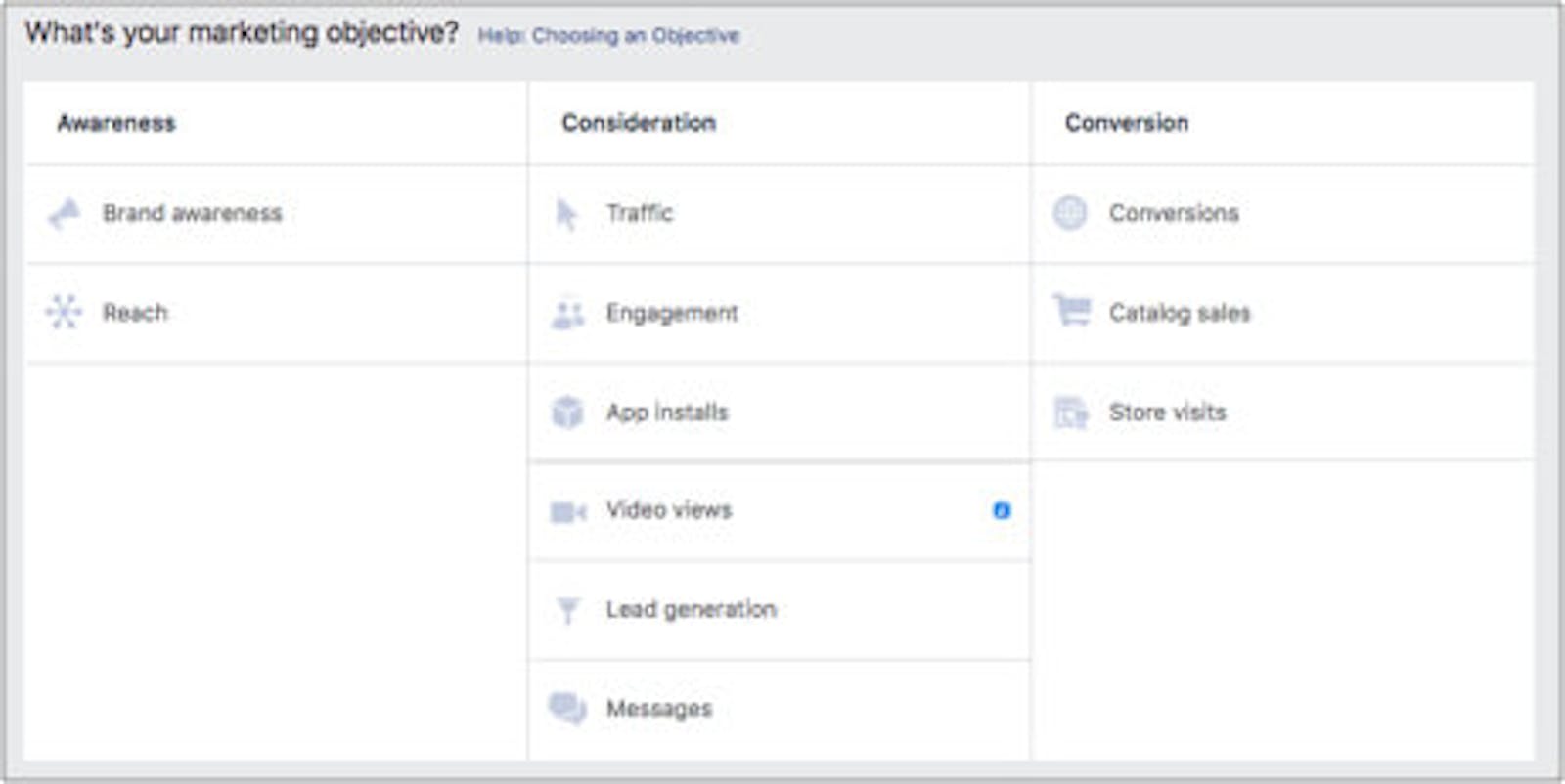
Matthew Sadofsky is the Chief Growth Officer and CMO at STUDIO, an app that allows users to take treadmill, strength, and stretching classes at a fraction of the cost.
He is a mobile marketing executive with years of experience growing mobile-first companies in the dating, music, gaming, and fitness industries.
During his time at Tilting Point, he and his team built one of the first in-house machine learning optimization systems for user acquisition which allowed the company to manage a $40 million budget with a seven-person team.
Here are the key takeaways from this interview:
- Why Facebook Ads is still the most effective UA platform
- Why Facebook targeting should be broad when optimizing for ROAS
- The two pitfalls of creative optimization
- How app companies can use machine-learning for user acquisition and retention
- How STUDIO is using email marketing to increase subscribers and decrease churn
Do companies still need big UA teams?
My entire background has been focused on user acquisition, so I know firsthand that with all the automation it’s starting to become less and less important to have a huge user acquisition team. However, what you can’t really automate is retention.
Facebook, with campaign budget optimization, wants you to go with broad audiences, so you don’t even need to get granular anymore. Apple will pretty much manage all your search ads for you and Google UAC does everything for you.
The triopoly of those three means required user input is very limited at this point. You could have one person doing this in-house if you spending a couple hundred thousand dollars a month or even per year.
What growth channel have you found to be the most effective?

I hate to keep on saying this, but Facebook. You can’t find the targeting capabilities anywhere else.
Snapchat Ads is trying to catch up and their demographics are getting a bit older and have a little bit more money to spend now.
With Apple Search Ads, a lot of the performance comes from branded keywords, so you are playing more defense than offense there.
Affiliate and waterfall networks have a lot of fraud in them. DSPs are hard to scale.
Google has a lot of limitations on the platform. It's funny how they went from having full control with Google AdWords to a UAC black box. However, it does look like they are slowly starting to pull back.
At the end of the day, Facebook is still bread and butter for the digital landscape.
How are you optimizing your Facebook Ad targeting?
Two years ago, we used to be really specific. We had a 1% lookalike and then 2% and 3% and then 4%.
Now we run a 5% lookalike campaign, a 5 to 10%, a couple of interest groups, and that's it. Instead of having 20 ad sets per country, we are running four or five.

The more removed you are from Facebook, the more narrow you can make your targeting. For example, campaigns that are optimized for clicks can be very narrow with the targeting.
However, if you are optimizing for return on ad spend (ROAS), custom events, or CPA, Facebook recommends that you go with a broad audience because the cadence of that event occurring is much lower than a click, so it needs a larger pool of users to be able to optimize.
What are the pitfalls of creative optimization?
Most companies fall into a trap over two things. One, they don’t invest in creatives enough. Two, they tend to fall victim to the little details of their campaigns.
At TIDAL, I built a small in-house creative team that was just dedicated to making social ads and other digital ad placements.
If you're spending any meaningful amount of money, you should be pumping out completely new creative directions every single week.
For the second pitfall, instead of being hung up on little details like changing the color of the button, companies should go super broad. Try out an illustration instead or go hire a photographer and do some photoshoots. Try to go drastically different directions until you know what resonates.
How can companies use artificial intelligence for user acquisition and retention?
On the user acquisition side, I’ll focus on what we did at Tilting Point and what I’m hoping to do here at STUDIO.
We had a data scientist built a machine-learning-based LTV projection model. We then pull in the real cost data from every single source that we were running on and once a day it would run a query at normally the ad set level.
Then the model would calculate the predicted LTV and cost per install, and recommend adjustments to the bid and budget. We built this model for Facebook, Ironsource, Apple Search Ads, Google, and a few other platforms.

Besides making a few manual updates here and there to the machine, this allowed the user acquisition manager to really focus on the creatives which we know is the biggest driver.
Nowadays, do you even need that complex of a model when Facebook and Google are doing the heavy lifting for you?
You can probably just focus on a media mix model rather than trying to optimize each individual ad set. I think that user acquisition, at this point, is very streamlined. And with a few good tech resources, or even bringing on a consultant for a while, you can streamline it even further.
What do you look for in a data scientist?

You don't need somebody who's super fancy. At a minimum, you want somebody who can do a regression model.
However, if you are a mobile game and tracking 30 events that happened in the first day, then maybe you want a data scientist who knows deep techniques and can build out a deep learning model that learns over time which different events have different impacts towards your ultimate goal and weigh those differently in the model.
Not to worry, most companies will not likely need that level of complexity.
A company I advised called Clear Brain is trying to democratize machine learning for retention, segmentation, and causation. And it’s completely free to use.
What metrics should a data scientist focus on?
It depends on what stage of business you are at.
For example, if you have a decent-sized user base and you want to focus on retention, then you should have that data scientist dive in on indicators of churn and what events typically drive higher lifetime users. Also, you want the data scientist to figure out if it is causation versus correlation.
Actually, a big part of what Clear Brain does is focus on the causation versus correlation question which is extremely important.
For example, let’s say that we have a report that says people who open emails on Tuesday mornings are more likely to be long-term customers.
Is this causation or correlation?
Is it that people who are up early in the mornings tend to be working out more and therefore more likely to renew subscriptions in a workout app? Or is it likely that if we send everybody emails at 6 am on Tuesdays, then we will have higher retention?
Most likely, in this case, this is correlation, not causation.
What do you like to focus on first to improve retention?
It's a good question and it really depends on where you are in the business.
When I first started at STUDIO, I ran in-app surveys, launched an NPS survey, and conducted user testing through a website called TryMyUI.
We found out the 3 things that people complained about the most. First, about 15 to 20% of people churn because of the price.
Secondly, we found out that due to there being hundreds of workouts in the app, the UI was becoming cluttered and it was hard for people to find the right workout.
Lastly, there were some technical and crash issues the survey helped us identify.
From a product standpoint, we learned a lot from the surveys and UI testing that we were able to address.
In terms of messaging, it is more complex. We just moved over to Iterable as our new messaging platform. I'm really excited to extensively AB test everything. I don't want to send an email, a push notification, or an in-app message without having at least one variant tested against it.
And at least once a month, I will send a completely new type of touchpoint for the user that I think is going to be high value.
If you listen to your users, they will tell you what you need to do to retain them.
How have you guys approached email marketing?
One campaign is to get people back who have churned.
The second is to get people who entered their email address but never started a trial to come back and actually start a trial.
And the last one is to send large company updates, any big product changes, or send a weekly newsletter.
The next iteration is driving product-led initiatives through email.
We ask users during the on-boarding flow why they signed up. We then can use this data to tailor our email campaigns based on the user’s goals.
How are you decreasing your churn rate?
When companies think about churn, they think about how do we bring users back?
It’s better to understand why they left.
Using email, I want to get a better understanding of why every single user left. Was it a crash issue, pricing or the instructors? Then tailor the emails on their specific reason to get them to come back.
This is much more impactful than using a banner ad that says “come back and try STUDIO again.”
Pollen VC provides flexible credit lines to drive mobile growth. Our financing model was created for mobile apps and game publishers. We help businesses unlock their unpaid revenues and eliminate payout delays of up to 60+ days by connecting to their app store and ad network platforms.
We offer credit lines that are secured by your app store revenues, so you can access your cash when you need it most . As your business grows your credit line grows with it. Check out how it works!